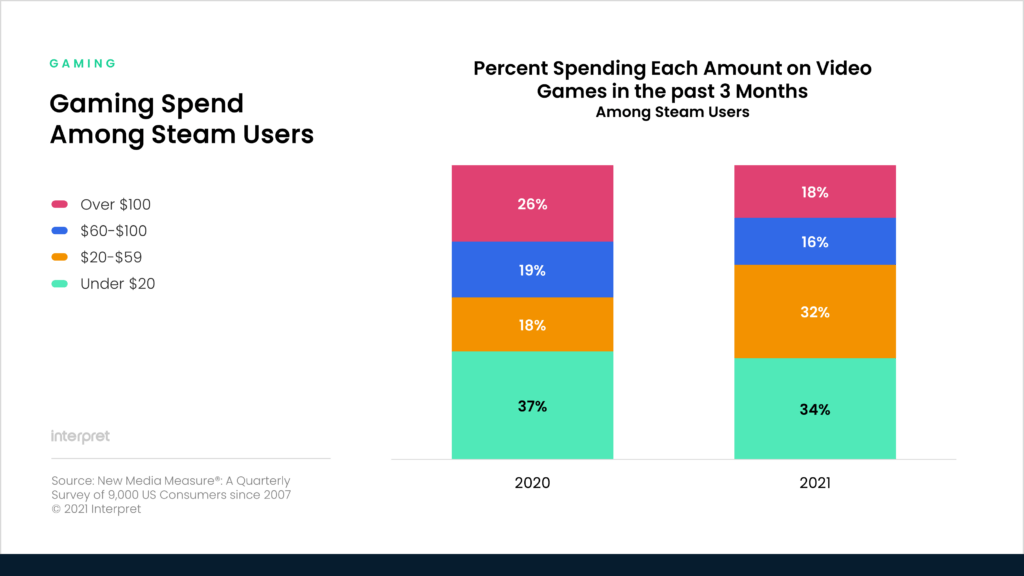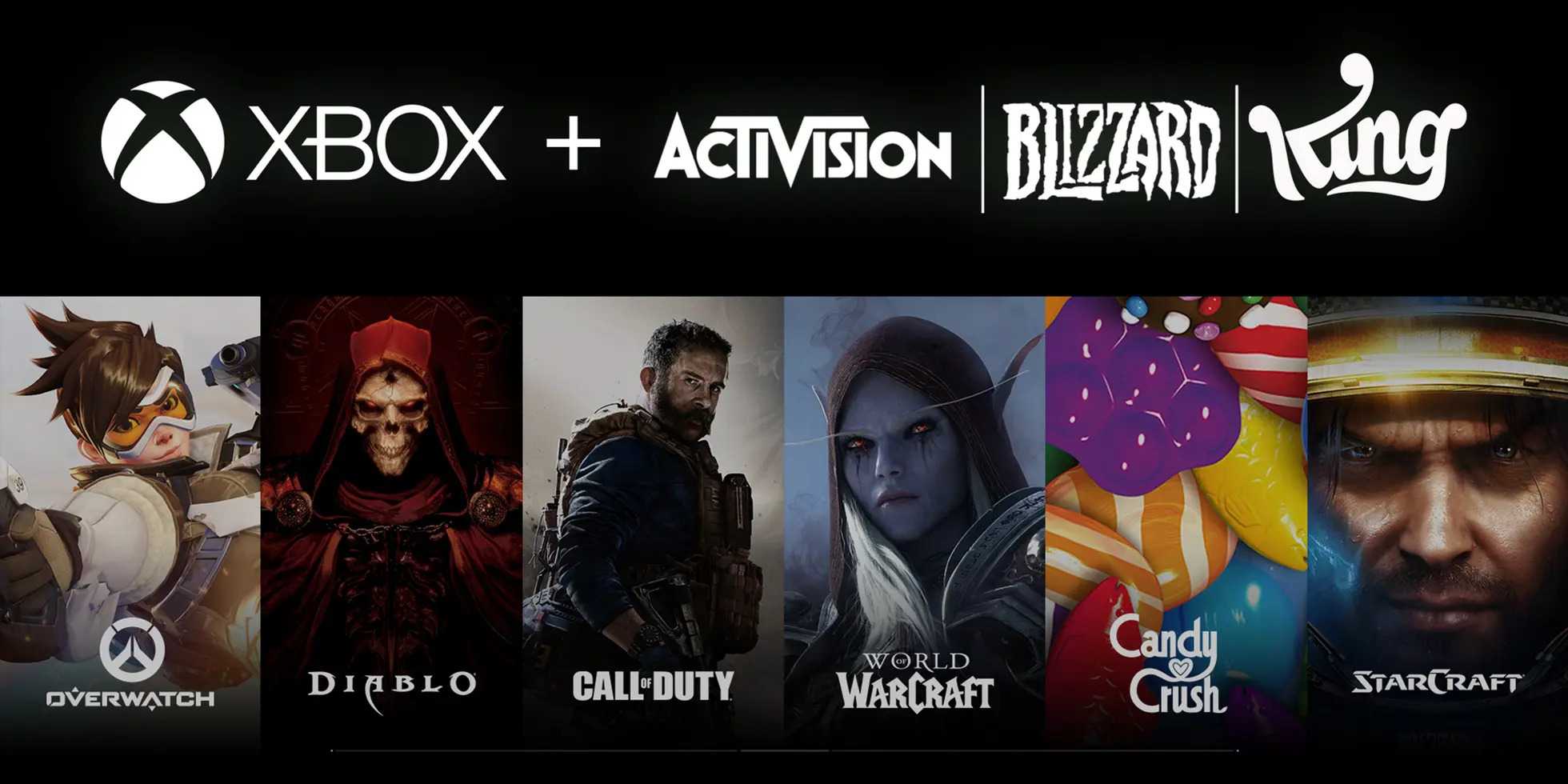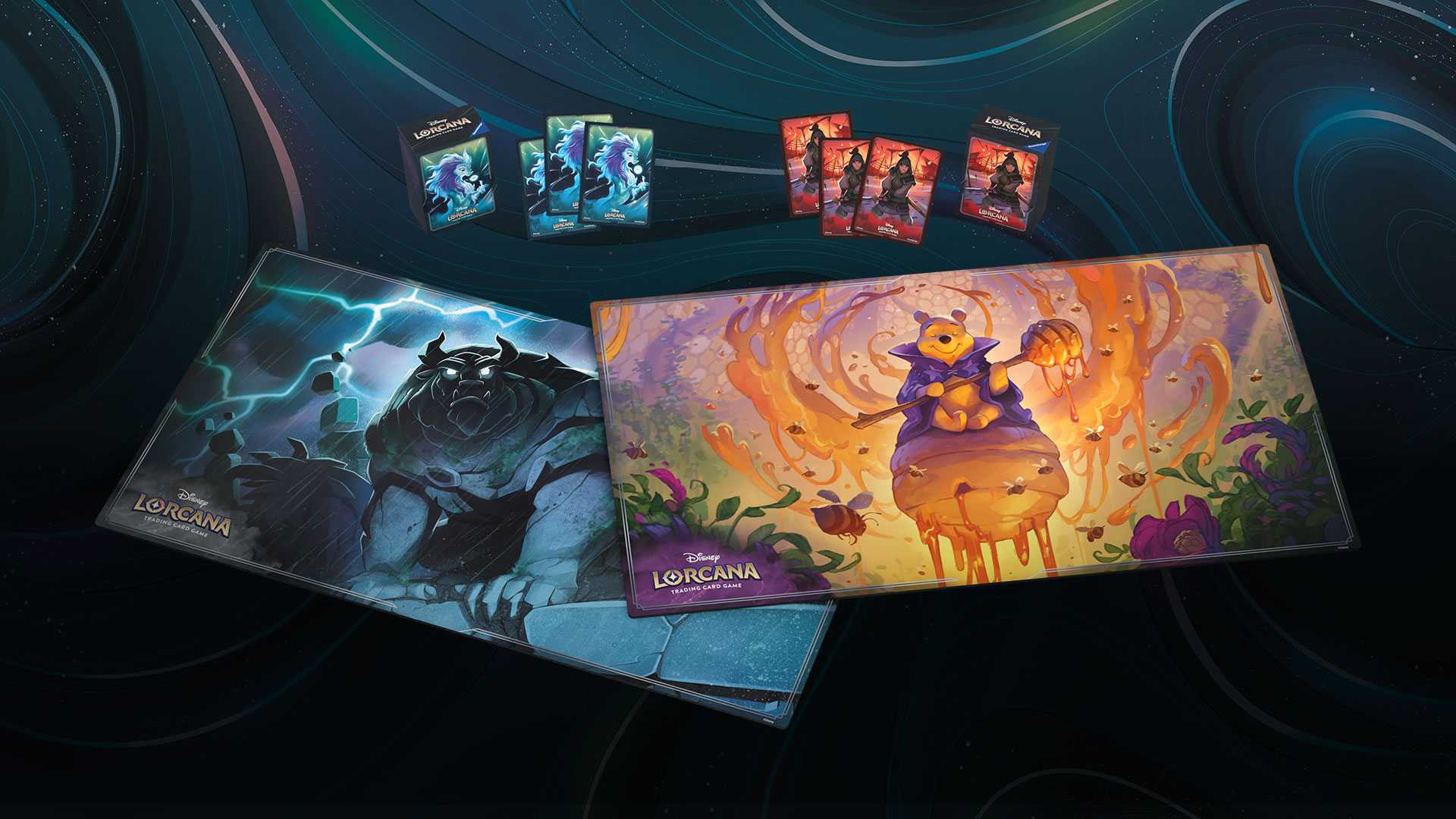Despite an ongoing pandemic constraining hardware sales and leading to fewer big releases from triple-A publishers, 2021 remained a successful year for the video game industry. Keeping up the momentum from spring 2020 when many lockdowns began, digital game sales have been a prime beneficiary. According to Sony’s Q1 FY2021 financials, 71% of its game sales across both PS4 and PS5 consoles during the period came from digital.
On the PC side, there’s no bigger digital sales platform than Valve’s Steam, which has more than 120 million monthly active users. And Steam continues to break concurrent user records, reaching more than 26 million in early 2021 and hitting 27 million at the end of November. Valve has a good shot at further expanding its audience and growing its user numbers when it launches its first-ever portable PC gaming machine, Steamdeck, in February.
Valve is fully aware that it has capitalized on an audience that’s ravenously consuming entertainment while spending more time at home. The company noted back in February 2021, “While Steam was already seeing significant growth in 2020 before COVID-19 lockdowns, video game playtime surged when people started staying home, dramatically increasing the number of customers buying and playing games.”
Interpret’s own findings point to an audience that’s not only more likely to buy games digitally but also has been spending more. According to Interpret’s New Media Measure®, in 2019 Steam users were buying 76% of all their games digitally, while in 2021 that figure jumped to 81%.
Moreover, the spending patterns have shifted as Steam has broadened its base. The percentage of “whales” (people spending $100 or more every three months) dropped from 26% to 18% but the portion of users spending between $20 and $60 grew dramatically from 18% to 32%. That’s a highly encouraging statistic for both Valve and game studios – it’s to be expected that whales will comprise a smaller group as the overall Steam population grows, but a near doubling in the over $20 spend category shows that users are gravitating towards many of the mid-tier priced games that Steam does so well at curating.








